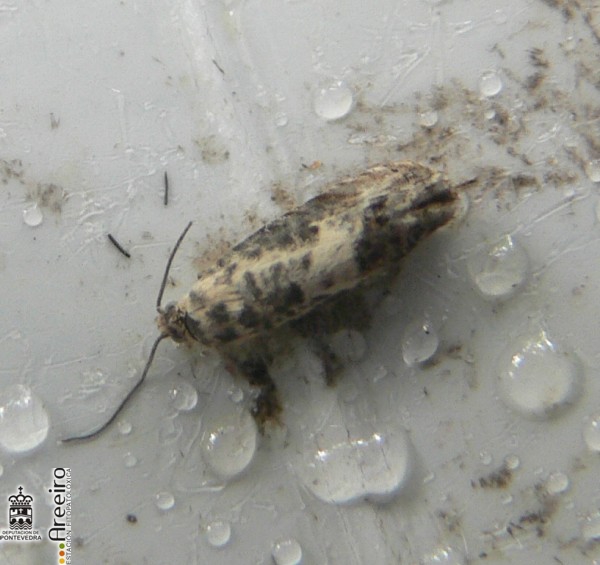|
|
Grapevine and Apple tree |
| |
|
|
|
Grapevine and Apple tree |
| |
|
|
|
Grapevine, Apple tree and Pine |
| |
|
|
|
Grapevine, Apple tree, Oak and
Pine |
| |
|
|
|
Grapevine, Apple tree and Oak |
| |
|
|
|
Grapevine |
| |
|
|
|
Grapevine, Apple tree and Several
crops |
| |
|
|
|
Grapevine, Apple tree, Stone fruits and
Maize |
| |
|
|
|
Grapevine, Apple tree and
Maize |
| |
|
|
|
Grapevine, Apple tree and Chesnut
tree |
| |
|
|
|
Grapevine, Apple tree and Chesnut
tree |
| |
|
|
|
Several Crops, Grapevine and Walnut
tree |
| |
|
|
|
Grapevine and Apple tree |
| |
|
|
|
Grapevine, Apple tree, Several crops and Forestry
species |
| |
|
|
|
Grapevine and Apple tree |
| |
|
|
|
Grapevine, Apple tree y
Cítrics |
| |
|
|
|
Grapevine, Apple tree, Quince tree and
Camellia |
| |
|
|
|
Grapevine, Kiwi plant and
Camellia |
| |
|
|
|
Grapevine and Apple tree |
| |
|
|
|
Grapevine |
| |
|
|
|
Grapevine, Apple tree, Peach tree and
Evonymus |
| |
|
|
|
Grapevine, Various Crops, Kiwi plant, Oak and
Camellia |
| |
|
|
|
Grapevine and Apple tree |
| |
|
|
|
Grapevine, Apple tree and Oak |
| |
|
|
|
Grapevine |
| |
|
|
|
Grapevine |
| |
|
|
|
Pine, Apple tree, Stone Fruit Trees and
Ornamentals |
| |
|
|
|
Fruit Trees, Grapevine and Devices to apply
Phytosanitary Products |
| |
|
|
|
PHYTOSANITARY WARNING
12/06/2009
| GRAPEVINE Phenological stage:
Setting |
Mildew: |
%20-%20S%EDntomas%20incipientes%20en%20hoja.jpg) The risk
of secondary infection after the environmental conditions occurring in the last
days has been high, and in fact new oily spots have appear in untreated control
plots. Weather forecast announces quite stable weather for next week. Due to
the high sensitivity of grapevine it is advised to increase monitoring,
and treat whenever new symptoms appear. The risk
of secondary infection after the environmental conditions occurring in the last
days has been high, and in fact new oily spots have appear in untreated control
plots. Weather forecast announces quite stable weather for next week. Due to
the high sensitivity of grapevine it is advised to increase monitoring,
and treat whenever new symptoms appear.
|
Oidium: |
%20-%20Primeros%20s%EDntomas%20en%20hoja.jpg) With the
constant and relatively strong precipitations of these days, oidium did not
increase. However, at present grapevine is highly sensitive to the disease,
thus it is necessary to perform a high surveillance of the
grapevines. With the
constant and relatively strong precipitations of these days, oidium did not
increase. However, at present grapevine is highly sensitive to the disease,
thus it is necessary to perform a high surveillance of the
grapevines.
|
Botrytis: |
%20-%20Capuchones%20florales%20adheridos%20a%20granos.jpg) Precipitations
of these days occurring at the end of the blooming period have caused that many
flower caps adhere to the berries and did not separate. Botrytis can occur in
moist conditions, thus at least in very sensitive varieties (Treixadura,
Godello..) it is advised to apply a preventive treatment mainly directed
to berries. Precipitations
of these days occurring at the end of the blooming period have caused that many
flower caps adhere to the berries and did not separate. Botrytis can occur in
moist conditions, thus at least in very sensitive varieties (Treixadura,
Godello..) it is advised to apply a preventive treatment mainly directed
to berries.
|
Moths: |
Along this week
almost no captures have been recorded in the pheromone traps. It is not
necessary to treat.
|
Ácaros: |
 Along this week we have detected
the first mobile stages of the red spider Panonychus ulmi on samples
submitted to our laboratory taken in O Salnés area. So far, mites were
only found on 2% of the leaves, thus it is not necessary to treat, however the
increase of temperatures could favour mite populations. Along this week we have detected
the first mobile stages of the red spider Panonychus ulmi on samples
submitted to our laboratory taken in O Salnés area. So far, mites were
only found on 2% of the leaves, thus it is not necessary to treat, however the
increase of temperatures could favour mite populations.
|
| APPLE
TREE |
Apple
scab: |
Environmental conditions of these days have favoured infections
caused by this fungus. It is advised to protect plants against this mite to
avoid damage to the fruit.
|
Oidium
: |
Symptoms
of the pathogen have been observed again in terminal shoots. However, its
presence is limited to some plantations.
|
Cydia
pomonella: |
We have
only captured a single adult in the pheromone traps placed in our monitoring
plots. In general, it is not necessary to treat. In case specific monitoring is
not performed, it is advised to keep the plants protected, since certain
variability among areas may take place.
|
| CHESTNUT TREE |
Pammene
fasciana: |
 We have
recorded the first captures of this chestnut pest in our pheromone
traps. We have
recorded the first captures of this chestnut pest in our pheromone
traps.
|
|
|

